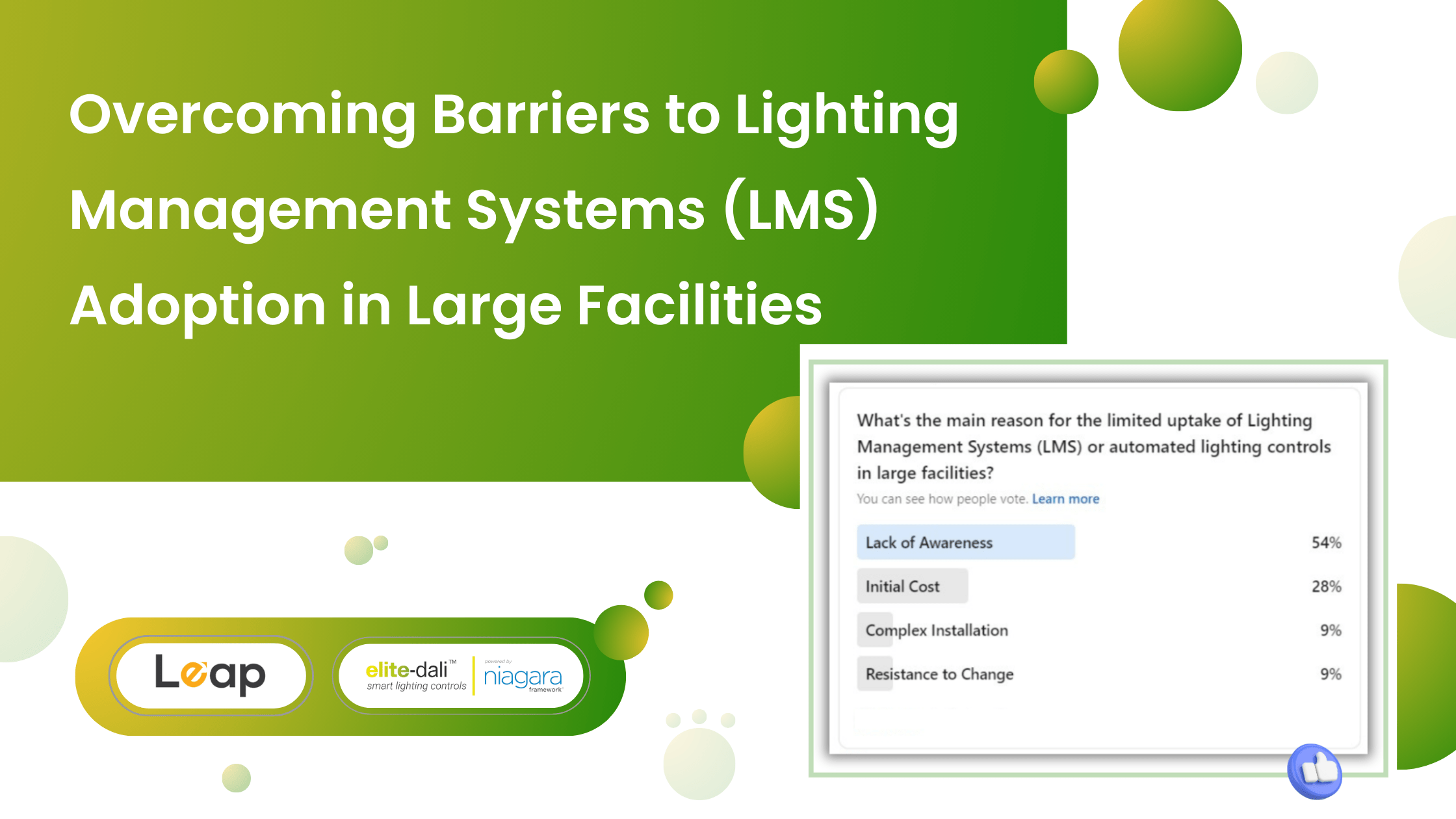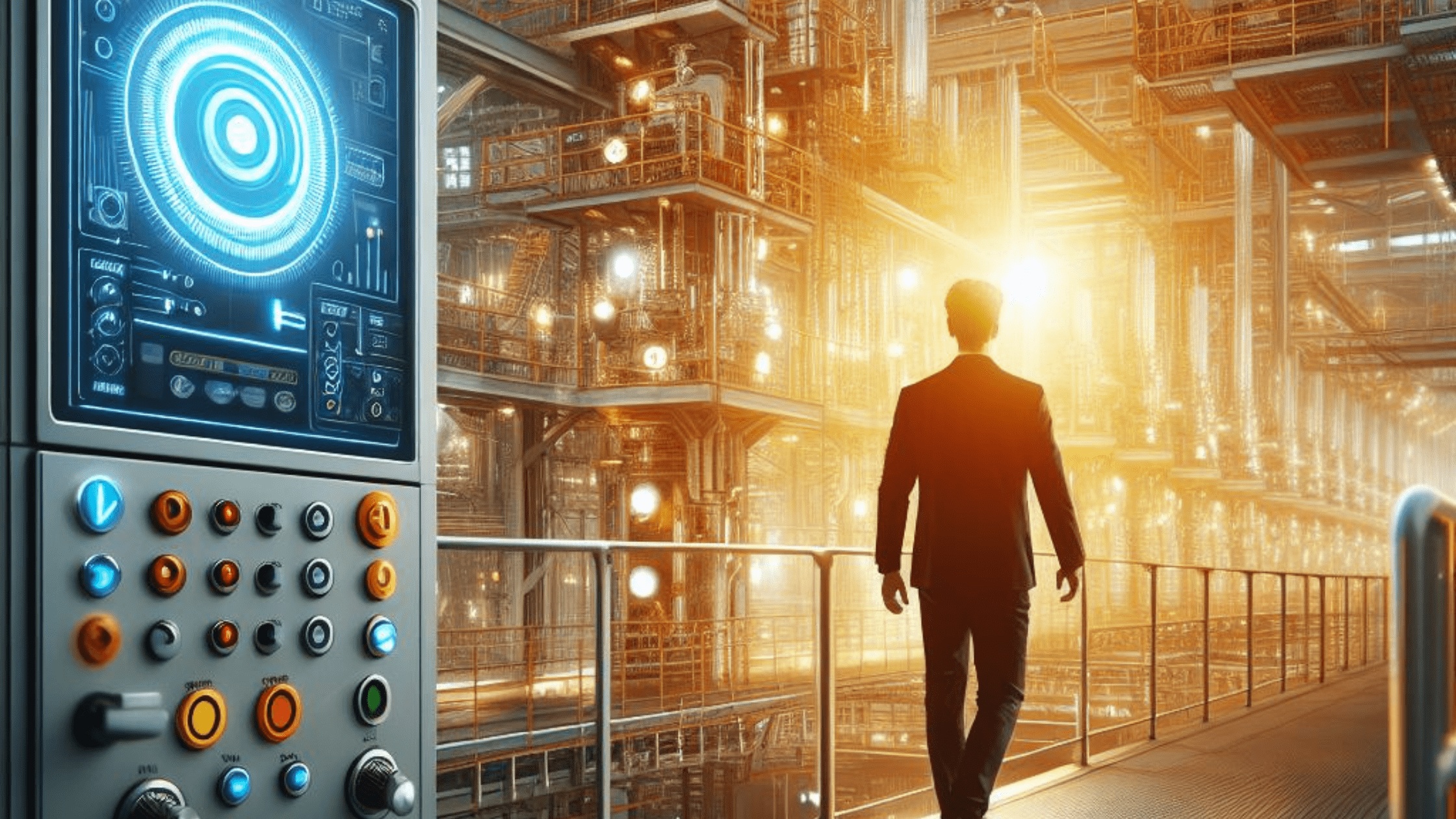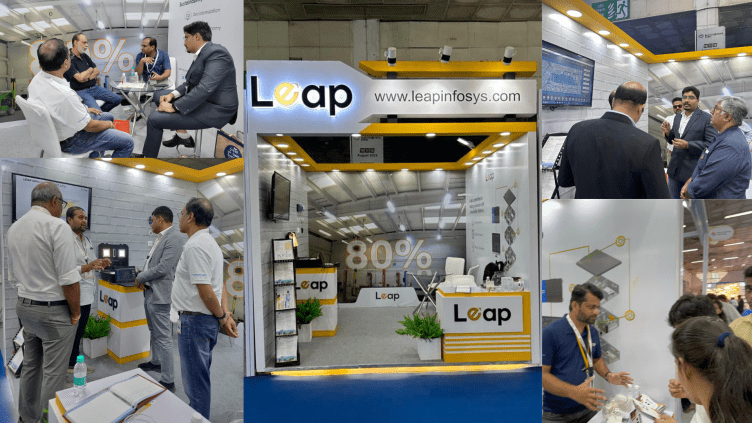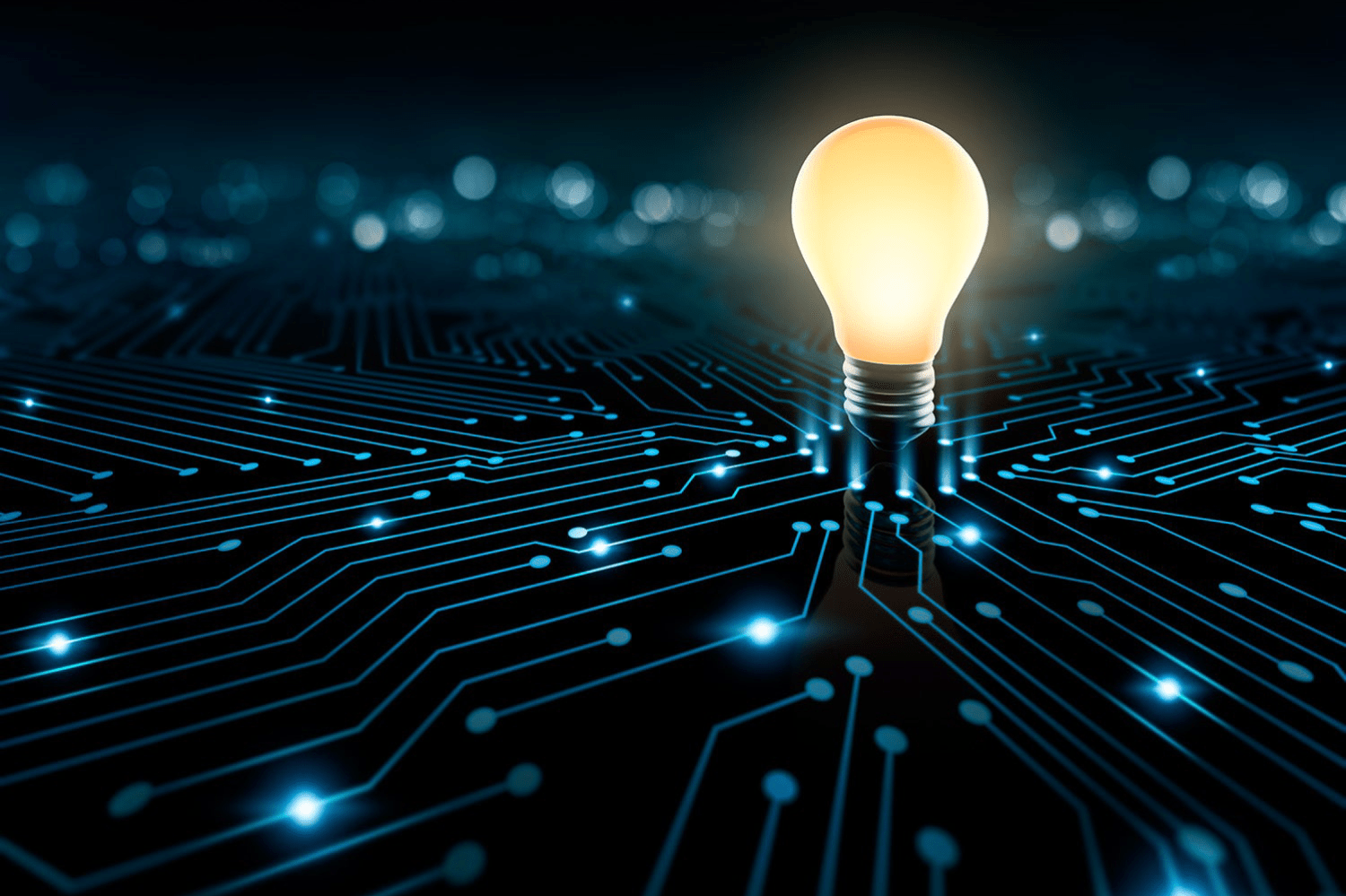Lighting Control system – Your Intelligent Lighting Automation Solution
The contemporary world has finally led technological innovation to invade our lifestyle for good. From using voice for performing searches on digital assistants to managing lighting in commercial, industrial, and residential spaces through lighting control and automation systems – technology has come a long way in raising our personal and professional standards.
It was not long ago that we had an app on our smartphones to control a single light. Now, there’s a whole automatic electric lighting control system that could integrate with your building management system to control the lighting system of the entire building.
In the following sections, you will get to dive deep into lighting control systems and their benefits for efficient energy usage and operational excellence.
What is a lighting control system?
The term ‘lighting control system’ has a close relationship with ‘lighting controls’, however, they aren’t the same.
Lighting controls are individual devices that allow you to control the lighting of a particular space. Time Clocks, dimmers, occupancy sensors, touchscreen, and photocells are some lighting controls devices that control a fixed group of lights based on their location.
However, lighting control systems are a network of such devices and even more lighting control units that communicate with each other and the central computing devices of a building. Such systems coordinate the input and output of devices related to lighting control with the other building systems like fire alarm, HVAC, etc. to provide the right amount of light at the right time.
Why do we need a system for lighting control?
The conventional system had independent lighting controls to manage lighting of different zones separately. This resulted in a lot of lighting control devices to be operated manually and the idea of energy saving, and efficiency could not be utilized to its full potential.
In contrast, a central lighting control system that works together with your building management system is your go-to solution for better energy saving, building codes compliance, safety and security, and alignment with green building programs.
A lighting control system literally automates the adjustment of inputs and outputs of your lighting devices and controls.
Certain factors contribute to the process, including:
- Chronological (time of day/month/year) and astrological (sunrise/sunset) time
- Occupancy – occupancy sensors that use infrared or ultrasonic technology
- Daylight availability – photocells that sense the available daylight
- Alarm conditions – inputs from fire alarms or HVAC systems
- Dimmers – reduce energy consumption
- Program logic – a combination of the above factors
Without such an automated system, we were limited to switching lights ON and OFF or controlling the light output with dimmers. While conventional methods did personalize the way we use our lights, but again, they were limited to a particular location and demanded individual calibration.
Moreover, stand-alone lighting controls would need multiple control strategies that have to be layered on the same load. This further results in complex wiring.
On the other hand, a centralized and programmable lighting control system can manage lighting of the entire building or campuses in consideration. In combination with a building management system, it automates lighting control using a single interface device while reducing energy consumption to its fullest.
Benefits of lighting control systems
Apart from energy saving and a centralized control, lighting control systems provide manifold benefits, including:
- Customization of lighting intensity in a space – you can change/adjust the appearance of your space based on the atmosphere and mood.
- Adjustments in lighting power – with output from stand-alone lighting controls like switches, dimmers, LED products, the control system adjusts the lighting power around you.
- Long living bulbs – Lighting control systems adjust the usage of bulbs according to your requirements, thereby increasing their life.
- Software support for implementation – you can control your lighting system with robust software that allows you to monitor control points and energy usage. The software records your preferences to provide you with automatically adjusted lighting thereafter.
- Enhanced security – with output from security alarms, the lighting control system can turn lights ON in both indoor and outdoor spaces.
What is the best lighting control system?
The benefits and features extended by lighting control systems leave us thinking about the best control system that can comply with our building’s requirements and energy conservation programs.
Of multiple lighting control systems out there, DALI powered lighting control has the ability to allow users to “talk” to their lights. It offers you more precise and consistent control over your lighting.
What is the DALI lighting control system?
DALI (Digital Addressable Lighting Interface) is a communication protocol that governs how different lighting control devices communicate with each other to provide a systematic and centralized control over a building’s lights. These devices include motion detectors, brightness sensors, and electronic ballasts.
It allows building automation systems to control individual lights and lighting groups for efficient energy usage across a building.
How elitedali fits into the big picture
elitedali is your unified IoT lighting controls and automation solution for DALI lighting control system. It integrates with third party software like building management systems or other IoT applications to provide commercial lighting control systems that control, manage, monitor, and analyse DALI lighting fixtures in real-time and from anywhere.
Join the global community of large scale enterprises leveraging elitedali for their lighting automation requirements.








